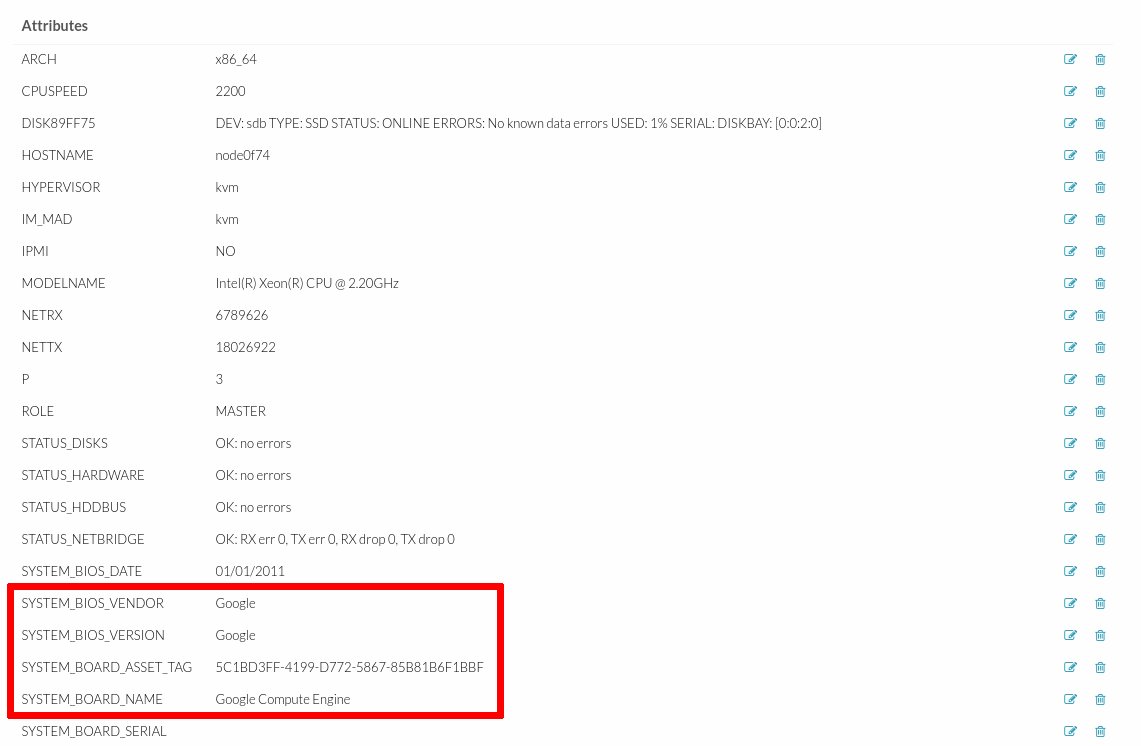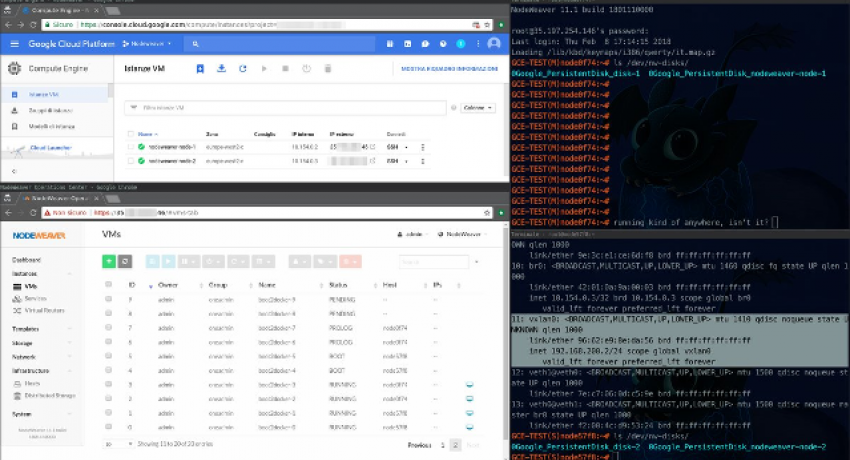- June 28, 2018
NodeWeaver virtualization capabilities are based on a very important component, called “hypervisor”, that emulates the physical response of a real machine (like a server, or a desktop) and replicates them though the emulation of all of its devices, disks, and network. Emulation is extremely expensive – requiring tens or thousands of instruction to emulate a single operation within a VM, and this translates in the nearly unusability of pure emulation to run a real operating system or workload. Intel and AMD developed a set of similar technologies designed to help in speeding up this emulation process; called VT-X for Intel and AMD-V for AMD, these technologies allow to reduce substantially this overhead, and basically allow the VM to run at a speed that is very similar to that of a native hardware platform.
But – what if you want to run NodeWeaver where such technologies are not available? For example, when running within another virtualization platform? While the idea may seem a bit far fetched, there are several situations where this makes perfect sense. For example, if you are interested in moving virtual workloads from an existing virtualization platform – you run a NodeWeaver node there, move your virtual images, and then (when the hardware is available) you let the virtual NodeWeaver transparently replicate its workloads to the physical cluster. Or you may want to run NodeWeaver on a public cloud, like Amazon AWS, taking advantage of its flexibility and nearly instantaneous availability of resources, or the global availability.
Now – you can do exactly that. NodeWeaver implemented a second, transparent hypervisor designed to be used when VTX or AMDV are not available. This new hypervisor uses a technology called “dynamic recompilation”: the hypervisor reads the code to be executed one small block at a time, and “converts” this into code that can be executed natively without the need of any processor extension. The result is fast performance, everywhere. Coupled with our new network virtualization technology based on the VXLAN standard, we are able to run everywhere. And as a first technology preview, we are happy to announce that we are now able to execute NodeWeaver natively on top of Google Cloud Platform:


All the capabilities of NodeWeaver remain intact – live migration, VM management, distributed storage and storage goals, including full support of diagnostics and remote monitoring.


We are very proud of the work done so far, and we are happy to support our customers that want to explore this new frontier. We will have many more clouds supported in the next few months – stay tuned!
